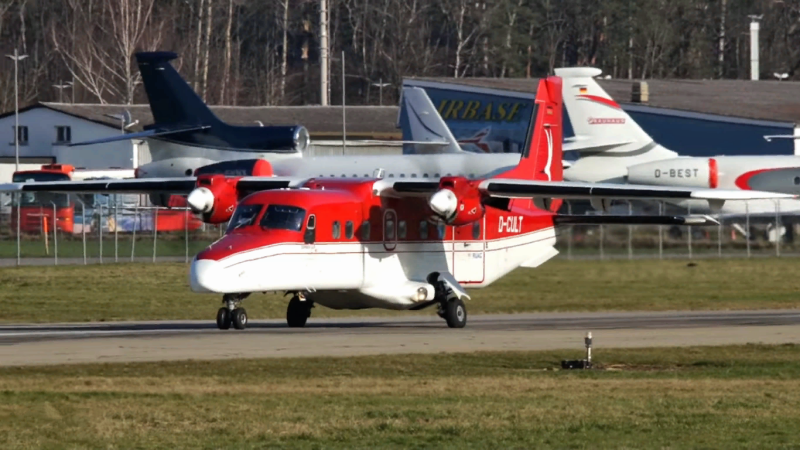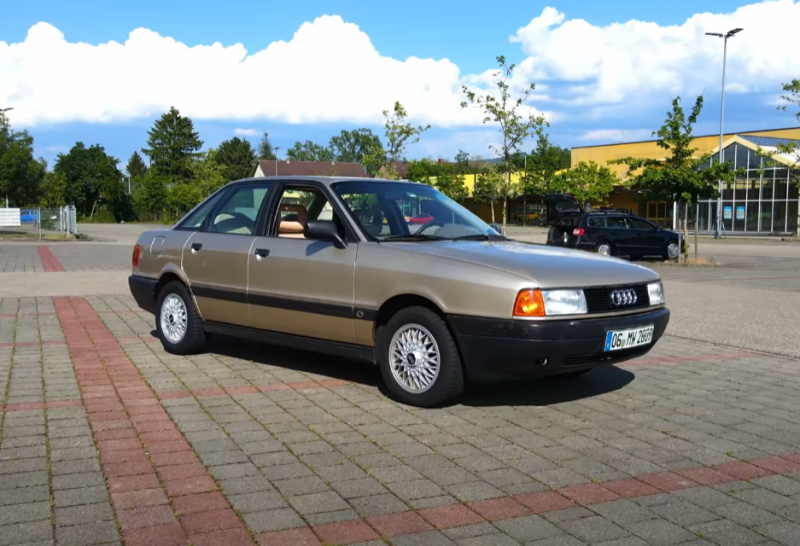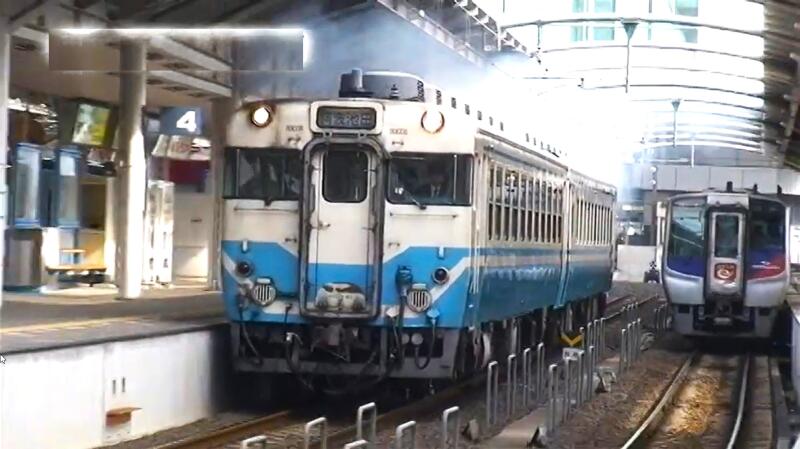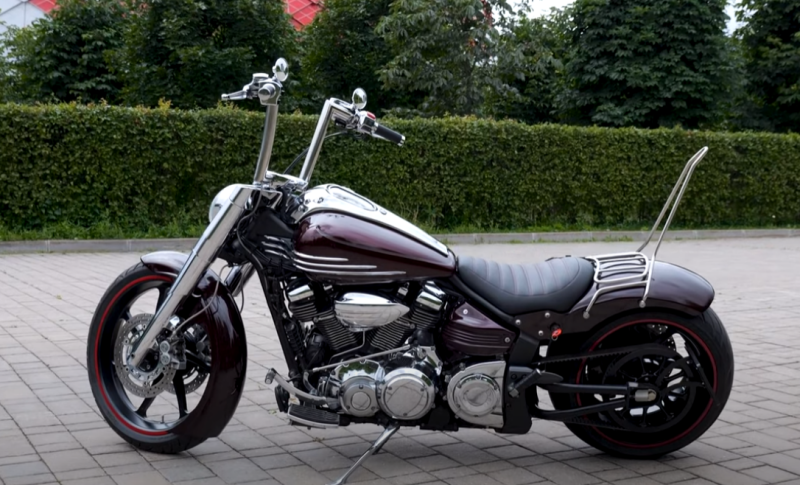In the midst of the summer of 1979, its first flight took place, and four and a half months later, a decision was made to prepare for the construction of a new transport model, the Dornier Do 228. It was planned to use a proven new product in its design. They decided to coincide with the premiere show at the Hannover Air Show 1980.
 Dornier Do 228 with a long history. Photo: youtube.com
Dornier Do 228 with a long history. Photo: youtube.comAll assembly work was completed on time, so the company intended to send the new model into production the following year. The possibility of providing future customers with a choice of modifications with different numbers of seats in the cabin was immediately considered.
Final checks and start of mass production
The first-born was a 15-seat version from a German aircraft factory. It received the industrial number 4358 and first flew on March 28, 1981. This happened in the Bavarian town of Oberpfaffenhofen, next to which the German Aerospace Center is located. A more spacious 19-seat version took off on its first flight a month and a half later.
Thus, at the beginning of serial production, the Dornier Do 228 was produced in two versions with different lengths: 15,04 and 16,56 meters. The model immediately became in demand in many areas, including: cargo and passenger use, maritime patrol, air ambulance, etc.
The German certificate for the equipment was issued on December 18, 1981, and the first Dornier 228-100 entered service in July of the following year. Quality approval from the FAA followed on April 17, 1984, and EASA a month later. This opened the way to the production and sale of flight equipment in markets around the world.
 Dornier Do 228 chassis. Photo: youtube.com
Dornier Do 228 chassis. Photo: youtube.comAt that time, the aircraft turned out to be one of the best in terms of performance in its category. This led to the fact that it very quickly acquired a number of foreign users, both among civilian companies and law enforcement agencies or the military. The versatility of the high-wing aircraft played a big role in this. Here are its key features and benefits:
✅ good flight range
✅ versatility of use
✅ high payload
✅ fairly low operating costs
Many pilots of the 80s agreed that in that decade the Do 228 turned out to be the most optimal combination of modern technology and good efficiency. For example, the first modifications of the aircraft were capable of carrying from 2,16 to 2,3 tons of cargo and were sometimes used as training equipment. Very soon new variations with increased lifting weight appeared:
✅ 228-101 – 5,7 tons
✅ 228-201 – 5,9 tons
✅ 228-202 (since 1986) – 6,2 tons
All of them received a reinforced chassis and were later also produced under license by the Indian company Hindustan Aeronautics in Kanpur. The aircraft began to be used very widely in many countries for various forms of maritime patrol:
✅ pollution control
✅ search and rescue operations
✅ border control
✅ tracking down poachers
This was greatly facilitated by one of the outstanding features of the aircraft from Oberpfaffenhofen - the ability to take off and land over short distances. Another advantage was the possibility of its operation on unpaved runways.
Technical features and performance of Dornier Do 228
The Do-228 has a high-wing monoplane design with a rectangular fuselage section. Its layout includes a number of necessary elements. They are used depending on the prospective use of a particular sample, as well as to ensure the versatility of the machine:
✅ double cargo or passenger doors
✅ two bubble viewing windows
✅ carbon fiber upper wing skin
✅ comfortable cockpit for pilots
If we focus more on this particular element, it has the following parameters: 6,3 x 1,34 x 1,5 meters. The glass cockpit of the Do-228 has two adjacent seats for the first and second pilots. There are also main flight displays, Avidyne multifunction displays and a global navigation system. These include a 1F universal flight control, a Collins HF 9000 with Selcal, a Garmin GPS 155 GPS receiver and a WXR270 weather radar.
 In the cockpit of a Do 228 aircraft. Photo: youtube.com
In the cockpit of a Do 228 aircraft. Photo: youtube.comLet me remind you that the longer modification is capable of simultaneously transporting 19 people or 2,34 tons of cargo in the cabin. In the case of passenger use, separate elements of additional comfort are provided. They may vary depending on the modification of the aircraft and the manufacturer.
The cabin is equipped with an air conditioning system with air outlets to ensure the most pleasant journey possible. An air stair door with railing improves access and provides superior security. The luggage compartment is accessed through a large external cargo door.
Engines and speed characteristics of the aircraft
The Dornier 228 is a two-seat, high-wing, short takeoff and landing aircraft capable of operating on rough runways and in hot climates. It is powered by a pair of Garrett TPE331 turboprop engines and has a supercritical wing that produces high lift at low speeds.
 Passenger cabin of Dornier Do 228. Photo: youtube.com
Passenger cabin of Dornier Do 228. Photo: youtube.comIn 1983, Hindustan Aeronautics (HAL) bought the license and began manufacturing aircraft in India two years later. The device was offered in modernized versions and with additional equipment to perform various special tasks. In 1996, it was decided to transfer all industrial operations to the territory of this South Asian country. Here are some technical data of the Dornier 228:
✅ length - 16,56 m
✅ height - 4,86 m
✅ wingspan - 16,97 m
✅ speed – 231 knots. (472 km/h)
✅ empty weight of the plane – 3066 kg
✅ flight range - 1150 km
✅ landing length – 600 m
Garrett AiResearch turboprop engines have a power of 710 hp. s (533 kW) each. They are designed and manufactured by Honeywell Aerospace. Equipped with a three-stage axial turbine, an annular combustion chamber with reverse stroke, a two-stage centrifugal compressor and a four-bladed Hartzell propeller with constant rotation speed. The dry weight of one is 153 kg, and the overhaul period reaches 2000 hours.
After the end of production of the Do 228 at the parent company, the reason for which was the inclusion of Dornier in Deutsche Aerospace AG, a program for its resumption was launched at the plant in October 2007. The new aircraft, designated RUAG Do 228 NG (“new generation”), first flew on November 5, 2009.
 Dornier Do 228 on the take-off pad. Photo: youtube.com
Dornier Do 228 on the take-off pad. Photo: youtube.comThe new product received a modern set of equipment, including a radio altimeter, a built-in backup, instrumentation and engine indication and crew warning system. The ground proximity warning concept has also been improved. In addition, the 228 NG avionics received VHF communications, a flight data recorder, a cockpit voice recorder, a terrain information system, an automatic direction finder, etc. The company's main clients were law enforcement officers in a number of countries.
Over the entire period, 270 Do 228 units were manufactured in various modifications, of which about 45% were for civilian cargo and passenger use. The current price of the latest version of the 228 NG is approximately 5,9 million euros.










